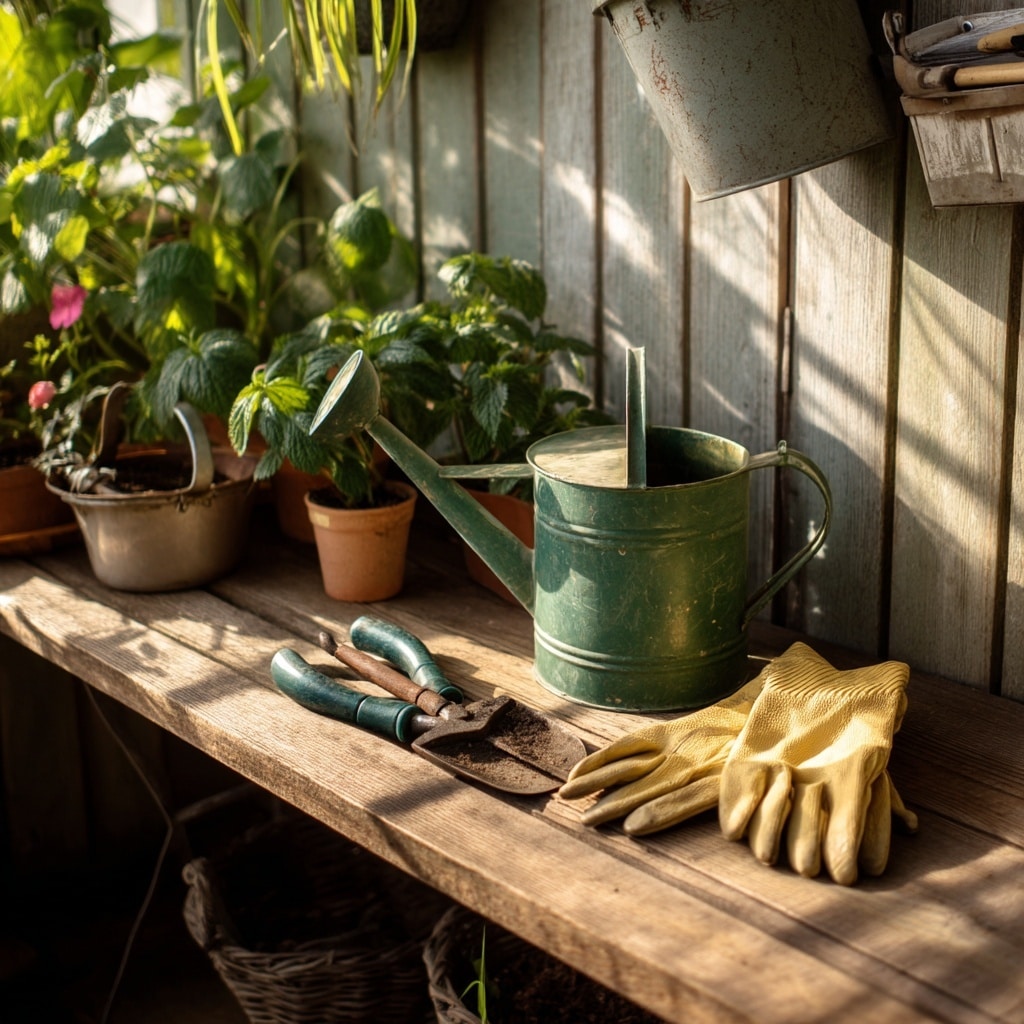Garden planning is the first and most important step toward a successful growing season—even if you’re brand new to the process. It’s easy to feel overwhelmed when scrolling through endless seed catalogs or Pinterest-perfect garden layouts. But here’s the truth: you don’t need to do it all. In fact, trying to grow everything at once can set you up for burnout. Starting with a simple, well-thought-out plan will save you time, money, and a lot of frustration. Whether you’re dreaming of homegrown vegetables, cheerful blooms, or a mix of both, planning your garden with intention makes it more enjoyable and sustainable year after year.
Table of Contents
Deciding What to Grow (Without Overwhelm)
When it comes to garden planning, one of the hardest parts is narrowing down your plant list. You might feel tempted to grow everything—from heirloom tomatoes to exotic herbs and twenty varieties of flowers. But here’s the secret to a thriving garden: start small and stay focused.
Each plant species has different needs—light, water, space, and care routines. Trying to manage too many at once can lead to burnout, especially if this is your first season. Instead, pick 5 to 10 plants that match your climate, lifestyle, and goals. You’ll gain confidence with each growing season, and in a few years, you’ll have experience with dozens of crops without ever feeling overwhelmed.
🌼 Pro Tip:
Create a simple chart or spreadsheet to track plant needs like sun requirements, spacing, and days to maturity. This makes future garden planning much easier.
Best Beginner-Friendly Plants to Start With

One of the smartest moves in garden planning is choosing plants that are both easy to grow and rewarding to harvest. As a beginner, your goal isn’t perfection—it’s progress. Starting with forgiving, low-maintenance plants builds your skills and boosts your confidence for future seasons.
Here are a few tried-and-true favorites that do well in most home gardens:
🪻 Easy-to-Grow Flowers
- Sunflowers – Hardy and fast-growing with cheerful blooms
- Zinnias – Bright colors, long bloom season, great for cutting
- Cosmos – Drought-tolerant, pollinator-friendly, and prolific
These flowers don’t just add beauty—they attract bees and butterflies, improving pollination across your garden.
🥕 Beginner Veggies to Try
- Radishes – Fast growers, ready in under a month
- Lettuce – Great for containers and grows in partial shade
- Bush Beans – Low effort, high yield
Stick with a handful of these beginner favorites while you build your skills. You can always expand next season!
How to Build a Simple Garden Plan That Works

Once you’ve chosen what to grow, it’s time to bring your garden planning to life with a layout that fits your space, time, and goals. A good plan doesn’t have to be complicated—it just needs to be clear.
✏️ Start with These Basics:
- Measure your space – Whether it’s a few raised beds, containers, or a backyard plot, knowing your dimensions helps avoid overcrowding.
- Group plants by sunlight needs – Place sun-lovers like tomatoes and zinnias in full sun, and reserve partial shade for lettuce or herbs.
- Rotate crops seasonally – This keeps your soil healthier and reduces disease build-up.
- Use a sketch or digital tool – Draw your layout on paper or use free garden planner apps for a visual overview.
- Plan for paths and access – Make sure you can reach all parts of your garden without stepping on the soil.
Even a simple plan keeps you focused and prevents wasted space or mismatched plant pairings.
Keeping It Manageable: Time, Tools & Expectations

A huge part of smart garden planning is being realistic about how much time and energy you can commit. Many beginners overestimate their availability, leading to neglected plants and frustration. The key? Plan for the life you actually live—not the one you imagine on a perfect Sunday morning.
🔧 Keep These in Mind:
- Time: Start with 1–2 hours a week. Choose crops that don’t require daily maintenance.
- Tools: You don’t need fancy equipment. A hand trowel, watering can, gloves, and pruners are plenty to get started.
- Expectations: Not every seed will sprout. Not every tomato will ripen. That’s okay! Gardening is a long game.
Celebrate small wins—your first bloom, your first salad from the garden—and let your knowledge grow with your plants. Consistency matters more than perfection.
Conclusion + Next Steps for New Gardeners

Garden planning doesn’t have to be overwhelming. By starting small, choosing beginner-friendly plants, and building a plan that fits your lifestyle, you’ll set yourself up for a rewarding and enjoyable gardening journey. Remember, every gardener starts somewhere—what matters most is consistency, curiosity, and a willingness to learn from each season.
So grab a notebook, sketch your space, and commit to just a few plants this year. You’ll be amazed how much you grow—both in the garden and as a gardener.
Happy planting!


